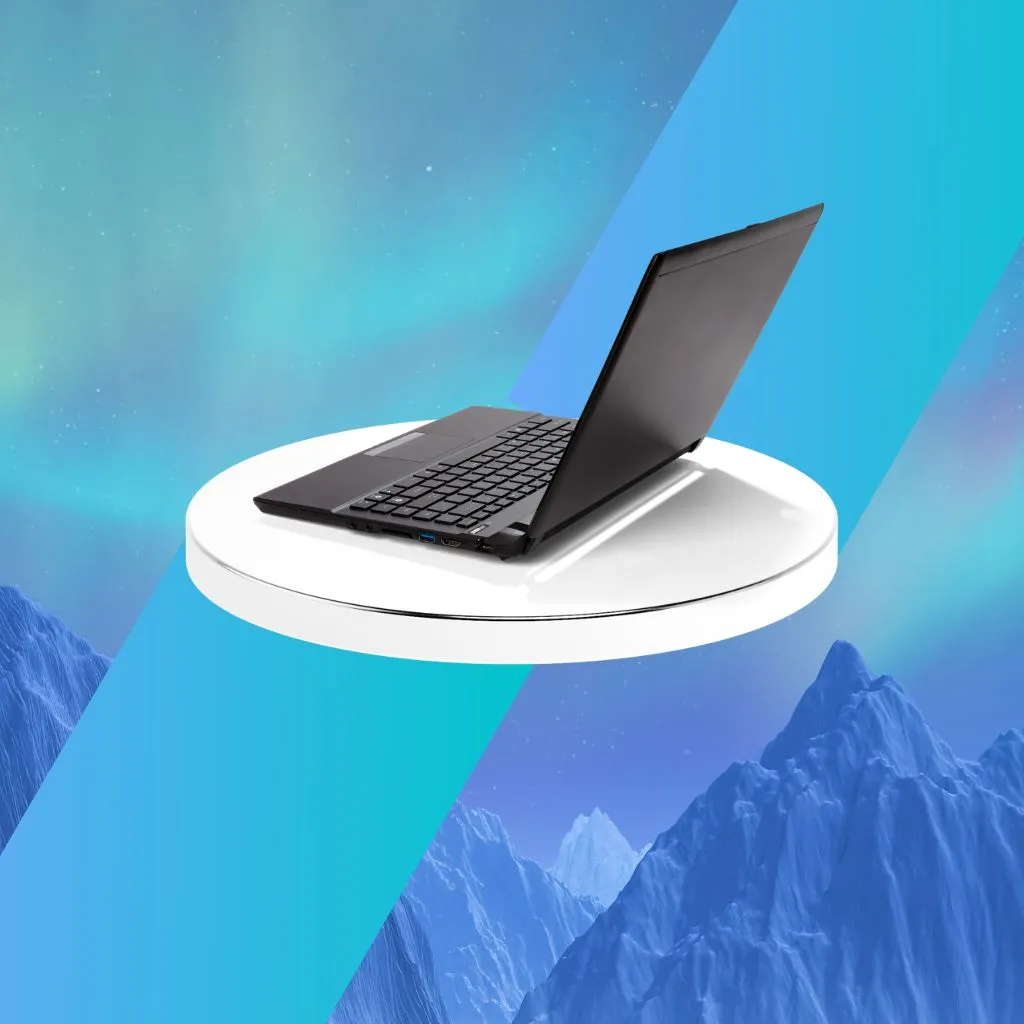There are three main cloud computing service models: Infrastructure as a Service (IaaS), Platform as a Service (PaaS), and Software as a Service (SaaS).
These service models offer different levels of abstraction, control, and customization for users to choose from depending on their specific needs and requirements.

Related post: In what type of cloud computing does the customer have the highest level of control?
Infrastructure as a Service (IaaS)
Infrastructure as a Service (IaaS) is the most basic of the three cloud computing service models. As its name suggests, IaaS provides users with access to infrastructure resources such as servers, storage, and networking in a virtualized environment. The user has full control over the operating system, applications, and other software components running on these resources.
With IaaS, organizations can easily scale their infrastructure up or down depending on their current needs without the cost and complexity of managing physical hardware. This allows for greater flexibility, agility, and cost savings as organizations only pay for the resources they use.
IaaS providers also offer additional services such as security, data backup, and disaster recovery to ensure that users’ infrastructure is well maintained and protected.
Some popular examples of IaaS providers include Amazon Web Services (AWS), Microsoft Azure, and Google Compute Engine.
Platform as a Service (PaaS)
Platform as a Service (PaaS) is the next level up from IaaS and offers more abstraction and automation. With PaaS, users can develop, deploy, and manage their applications without having to worry about the underlying infrastructure.
PaaS provides developers with a complete platform to build and run their applications, including development tools, middleware, databases, and operating systems. This allows for faster application development and deployment as developers can focus on writing code rather than managing infrastructure.
PaaS also offers scalability and flexibility, allowing applications to easily handle spikes in traffic or scale down during periods of low demand. It also integrates with other cloud services such as databases, messaging systems, and monitoring tools.
Some examples of PaaS providers include Heroku, IBM Cloud, and Red Hat OpenShift.
Software as a Service (SaaS)
Software as a Service (SaaS) is the most abstract cloud computing service model. With SaaS, users have access to fully functioning software applications over the internet on a subscription basis. This eliminates the need for organizations to purchase, install, and maintain software on their own hardware.
SaaS is widely used in industries such as customer relationship management (CRM), project management, and collaboration. Users can access SaaS applications from any device with an internet connection, making it highly convenient and flexible.
Some popular examples of SaaS providers include Salesforce, Microsoft Office 365, and Google Workspace.
Comparing the Three Models
While all three cloud computing service models have their own advantages, it is important to understand the differences between them in order to choose the right one for your organization.
In terms of control, IaaS offers the most flexibility as users have complete control over their infrastructure. PaaS provides some level of customization but limits control in order to simplify application development and deployment. SaaS, on the other hand, offers very little control as users only have access to the software application itself.
In terms of complexity, IaaS requires a certain level of technical expertise to set up and manage infrastructure resources. PaaS simplifies this process by offering pre-configured platforms for developers. SaaS is the least complex as users only need to log in and use the software application.
In terms of cost, IaaS is generally the cheapest option as users only pay for the resources they use. PaaS can be more expensive as it includes additional features and services. SaaS is typically subscription-based, making it a predictable expense but potentially more costly in the long run.
Conclusion
Cloud computing service models offer organizations flexibility, scalability, and cost savings by providing access to infrastructure, platforms, and software applications on a pay-per-use basis. Understanding the differences between IaaS, PaaS, and SaaS is crucial in selecting the right model for your organization’s needs.
Whether you require full control over your infrastructure or simply need access to a software application, there is a cloud computing service model that can meet your requirements.
With the continuous advancement of technology, these service models will continue to evolve and provide even more benefits for organizations in the future. So, it is important for organizations to stay updated and make use of these innovative solutions to drive their success in the digital age.





